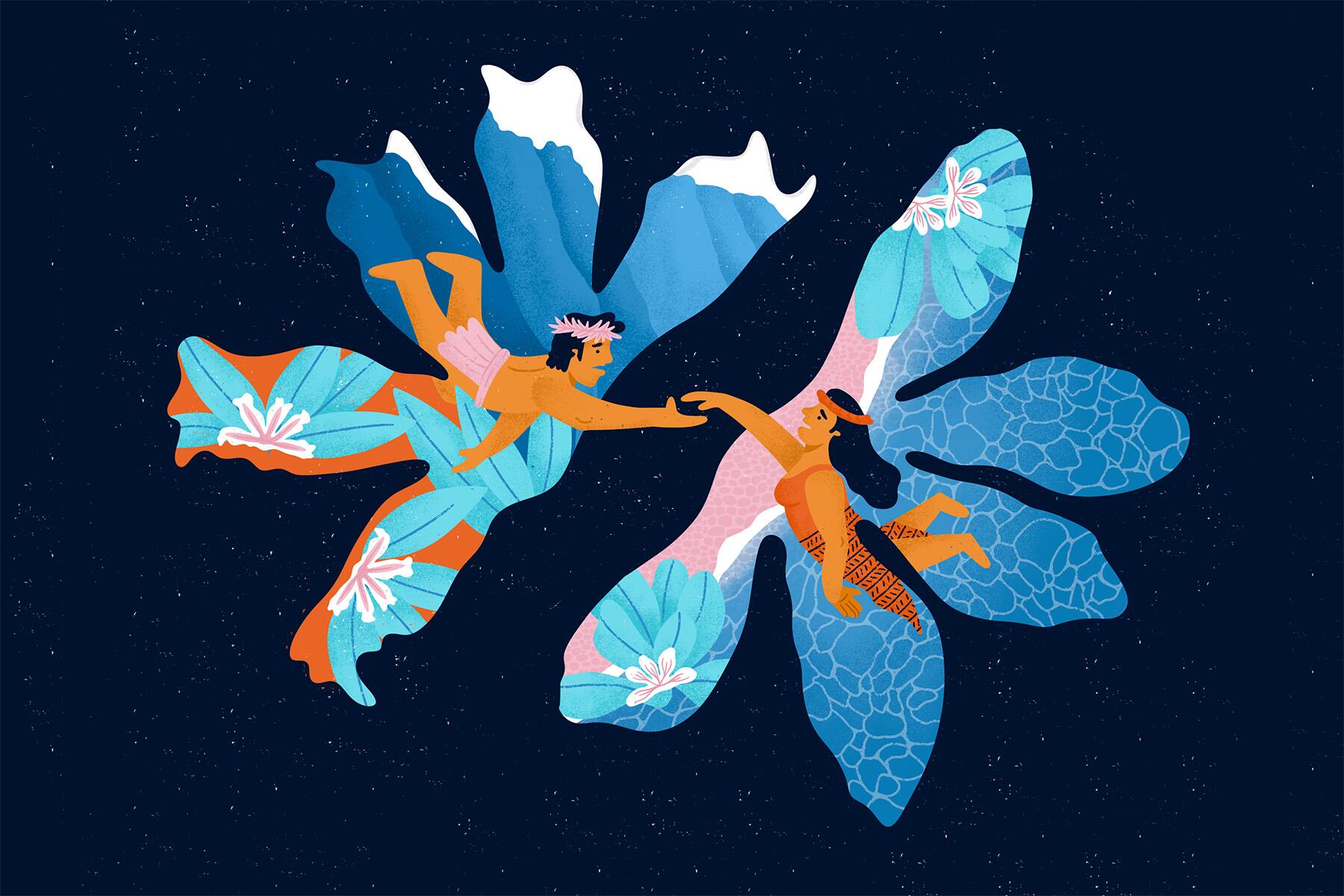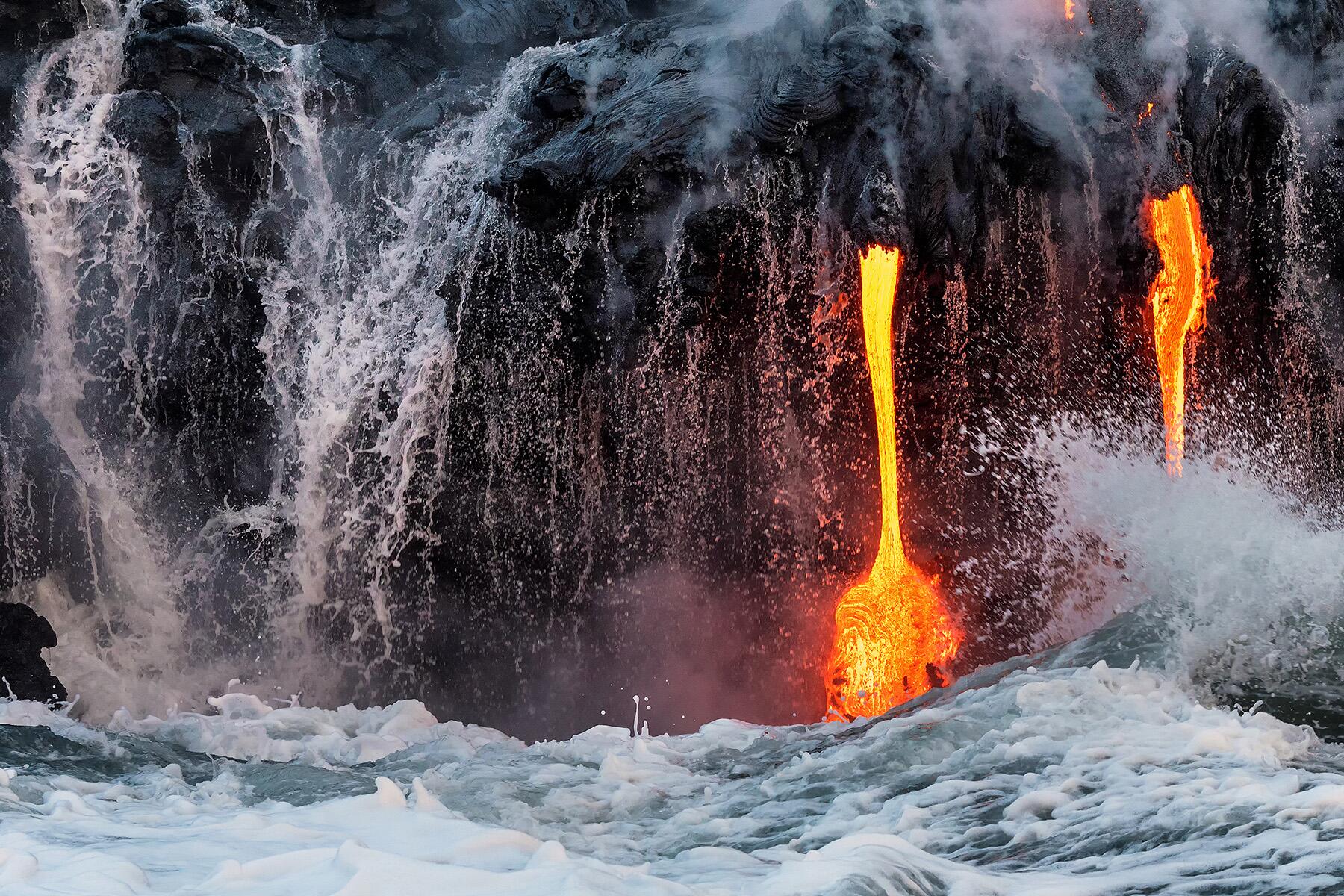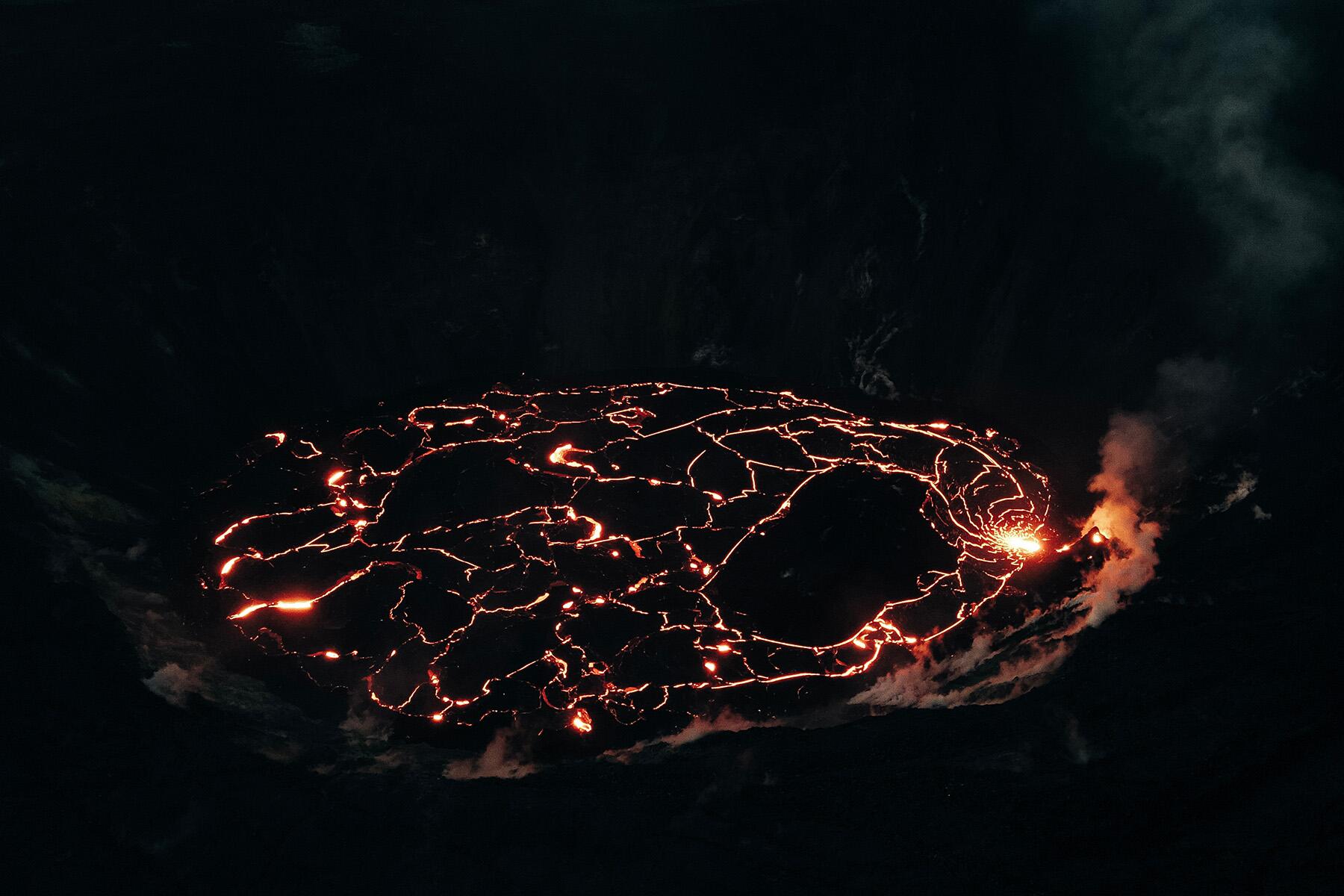For Indigenous Hawaiians, stories (or mo‘ōlelo) are more than myths or legends; they are their social, cultural, and spiritual fabric.
N
early every culture around the world has its own unique myths, legends, and origin stories, all of which were based on oral traditions that bridged the past and present. These stories inform us of who we are, how we should live, and where we come from. But for the Indigenous Hawaiian people, these stories are not “myths” but living, historical truths integrated into their daily lives, ancestry, belief systems, and spiritual practices.
Here, master storyteller and community leader in the Waipi’o Valley, Kumu Micah Kamohoalii, recounts how mo‘ōlelo reveals not only the origin stories of the Gods and Goddesses but also impart the sacred genealogical lineages that connect the Hawaiian people to the land, plants, and elements.
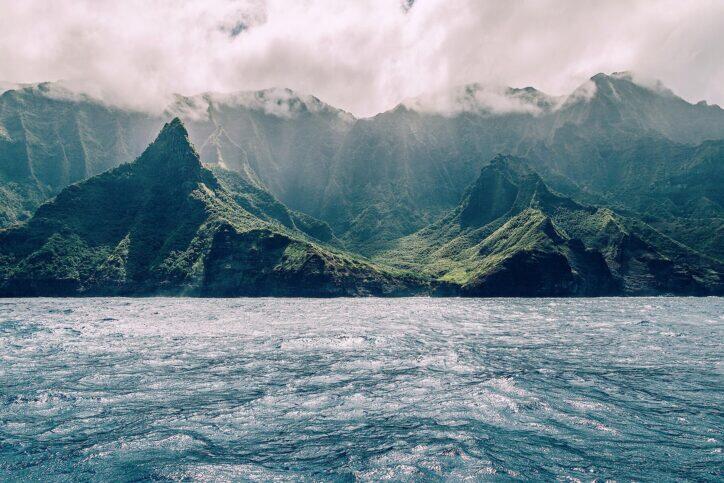
Ancestral Storytelling
“Our stories teach us the laws of the land and remind us how to behave as people. Our stories are a road map. Stories tell us what is righteous, what is sacred,” says Kumu Micah. Hawaiian genealogy and storytelling are deeply interwoven, and many origin stories of deities can be traced back to the ancestral ties of notable community members and the Hawaiian people as a whole.
Recommended Fodor’s Video
Stories (or mo‘ōlelo) were often performed and passed down through hula dance. But after the American overthrow of the Hawaiian Kingdom in the late 1800s, merely speaking or teaching the Hawaiian language and performing hula was illegal. Then, in the 1970s, Native storytelling was revived during the Hawaiian Renaissance, a political and cultural movement led by key figures such as Kumu Micah’s ancestor Edith Kanaka’ole, who fought to change the laws and fearlessly dedicated her life to sharing the traditional stories of her people.
“We use the word mo‘ōlelo, or the history of how we became, since the word myth kind of implies something is fabricated or a fable,” he says. “When we say this land or mountain that we’re fighting for is our ancestor, our kupuna, we’re literally saying it’s our ancestor. It’s the same grandmother we were born from; The taro plant is not just our staple food; it’s our grandparent. These stories lay the foundation for who we are, and they continue on and remind us who we are.”
In the beginning: Wakea & Papahānaumoku
[Edited from Kumu Micah Kamohoalii, as told to Amber C. Snider]
“In our cosmology or our genealogy, there was a man named Wakea. Gods could take different forms of people and elements, and he took the form known as Wakea, the God of the Sky, and he married a woman named Papahānaumoku.
Papa means “surface of the earth” or things that are flat. Hāna means “to give birth,” and moku means “island,” which literally means “Papa who gives birth to the islands.” Wakea, which means “expanse of the sky,” meets Papa, and they mate. Their first child is called Ho’ohokukalani, which means “the ones who make stars.” In our chants, she’s the celestial deity, the one who put the planets and stars in the sky.
Then, the heavens and the earth, Wakea and Papa, mated again and gave birth to Mauna Kea. Mauna Kea is the one of the only mountains that’s ‘born’–the rest of them are born with the islands. Our chants say that Mauna Kea was one of the children of heaven and earth, hence why the mountain is so massive; he was literally born from the ocean floor up to become the biggest, oldest child who was born with Hawaii Island. He’s his own entity in itself, and since he’s the oldest child, he’s the most sacred one.
That’s why the Hawaiians fight for the mountain. When the telescope was projected to be built on the mountain, we fought against it because we’ve chanted this genealogy since the beginning of the Hawaii people. This mountain is our ancestor.”
The Birth of Hāloa
“Then Wakea decides to sleep with his daughter. In almost all of mythology by Native peoples, some sort of incest happens somewhere that creates a different stroke and becomes what it is today. But it’s not really considered incest because they weren’t human: there are beings that were procreating to create new life.
So Wakea and Ho’ohokukalani give birth to a baby, a more human type of baby. The story says that he had committed a sin by taking his daughter to bed instead of his wife, so their first child was stillborn and the baby died. They took the baby and buried it in the earth, and returned the baby to the grandmother, Papahānaumoku.
That first child, who was an offering to the grandparent, became the first taro or kalo plant. From that grave, the taro grew.”
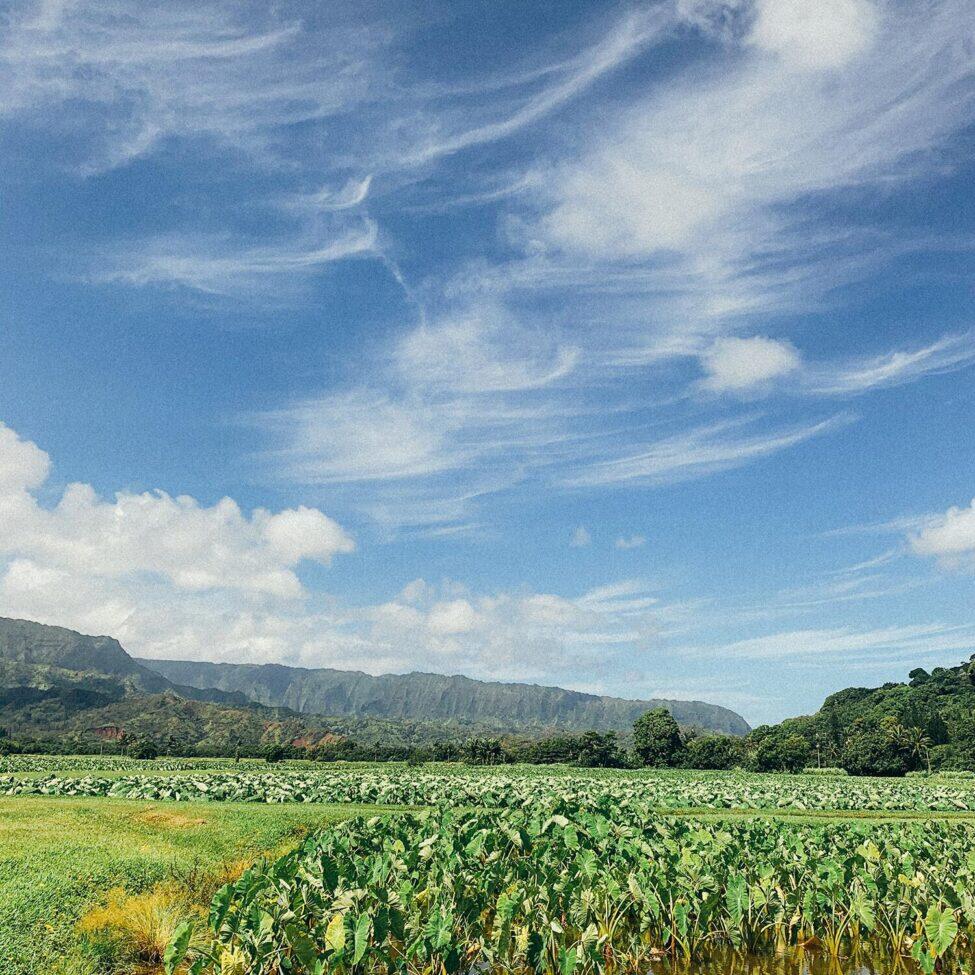
The First Hawaiian
“Wakea and Ho’ohokukalani mated again and had a second child, and that one survived: the first human. But because Wakea and Ho’ohokukalani committed this sort of incest, the first human was born with a defect: they were born without magical powers. They couldn’t control the stars, earth, winds, or rain. The first human was called Hāloa, which means ‘the long breath,’ and that’s where all the Hawaiians came from. Hāloa’s older brother is the taro. The first baby had to die because he became the staple or the sustenance for the rest of the children to come. He became the food that everybody eats and nourishes all of us.
The oldest in the family is considered more sacred because they have more responsibility. It’s their job to ensure that the family is fed and the children are taken care of because the parents are working. It’s the same thing in our stories–the first child died and became the food to feed all the rest of the siblings that followed.
Usually, the firstborn is given to the grandparents in our Hawaiian families, almost adopted by the grandparents. The grandparents will instill all their knowledge and stories of the history into that first grandchild because that grandchild becomes the next knowledgeable resource in the family. In the same way, the oldest in the family feeds the family; they’re also now literally feeding the family spiritually, rearing and teaching and guiding them.”
Revering the Ancestors: The Sacred Taro, Poi
The taro plant, or Kalo, is highly revered in Hawaiian culture. It’s not only their main staple, full of nutrients and vitamins, but has deep spiritual significance. Kalo is used to make poi (“Foreigners call it purple soup,” says Kumu Micah), and since Kalo is the first child, he’s considered an elder. There’s always poi present during a Hawaiian party or ceremony because you can’t have a party without inviting your elders. “If there’s a fight in the house, somebody will stand up and look for the poi bowl and cover it because we don’t fight in front of our grandparents,” says Kumu Micah.
“We also make sure our grandparents are always clean because it’s our job to care for them. When you eat poi, you make sure that you pull from the middle of the bowl and that it doesn’t hit the sides of the bowl. When you finish eating it, you scrape the sides of the bowl to make sure all of it is in the middle and that it’s nice and clean, and presentable. If there’s poi on the sidewalls of the bowl, people will say that person is kapulu, which means they’re very sloppy and don’t know how to take care of their grandparents.”

“We come from the stars…”
Nearly all the elements in the human body come from the stars. Our physical makeup, skin, organs, and everything in us were once part of a star dispersed through supernovas during the Big Bang. Interestingly enough, this fact has been part of the Hawaiian mo‘ōlelo for thousands of years. “The first child born is the Star Goddess, who mates with Wakea, the God of the Sky, and they give birth to the first human. Of course, we knew that because why else would the mother of the first Hawaiian be the Star Deity?” says Kumu Micah.
“In our chants, it says that we come from the stars; that we’re descendants of the stars. It’s funny because foreigners would come and say, ‘Oh, it’s so cute, they’re chanting about how they’re star people,’ and then scientists found out that we actually do come from the stars.”
The Solstices and Equinoxes
As an earth-worshiping society, the plants and elemental forces are also the body forms and manifestations of the Hawaiian Gods. “When it rains, it is Lono. When the plants grow, it is Lono. When we look at the volcano, and it erupts, that’s Pele,” says Kumu Micah. Hawaiian religion is also based on the movement of the sun and the natural processes of the land. Kane, the God of Life, sunlight, and freshwater, is celebrated during the Summer Solstice. His brother Kanaloa (the polar opposite) is the God of the Underworld, darkness, deep oceans, and saltwater and is celebrated during the Winter Solstice. “When you go to sleep, we say you go into the realm of Kanaloa. When you’re rising or waking up, you’re in the realm of Kane,” says Kumu Micah. In this sense, the Gods are also their calendar.
The equinoxes also play a big part in Hawaiian culture. The God of agriculture and rain, Lono, is associated with the Fall Equinox, whereas Ku is celebrated during the Spring Equinox. “Any plants growing in the ground are Lono, as well as the animals that dig the ground, like the pig. The pig is the manifestation of Lono because he’s the one who tills the earth. Lono is also the God of the Rain: the rain hits the earth and starts growing plants; that’s all Lono. We say in Hawaiian Kino Lau–Kino is body and Lau is leaf. During the Fall Equinox, it’s the rainy season, and we hold the Makahiki festival, with ceremonies and games, and it’s all associated with Lono,” says Kumu Micah.
“In the spring equinox, when new life is shooting out of the ground, when things become fresh and new, that is the god, Ku. Ku literally means “to stand,” so when the new shoots of the plants start to come out of the ground and stand and rise, it’s Ku. But Ku is also the God of war, and the opposite is Lono, who is the God of peace. “Traditionally, you couldn’t war with the other kings or villages during the time of Lono because he was the God of peace. When Hawaiians fought, it was strategic, almost civilized. Even today, if you want to fight someone, we say ‘Okay, let’s meet here, and you bring your family, and we’ll bring ours’–it’s not a sneak attack. Everybody abided by the Gods and the calendar. If you want to fight, you have to do it in the springtime. We can be friends now, and when March rolls by, we can meet on the hill and have at it. It’s all about balance,” he says.
“People say, ‘What does Lono look like?’ And we say, ‘You see the rain and plants? That’s Lono.’ When we get freshwater, we say, ‘This is Kane.’ When we go into the ocean and scoop the water up, that is Kanaloa. We worship this because it’s such a powerful element and force,” he says.
Pele
Perhaps the most popular deity in Hawaii is Pele, the Goddess of the Volcano and Fire, whose lava has shaped the island. “She’s so full of rage and love. She’s the deity of drama, and who doesn’t love a good soap opera?” says Kumu Micah. Pele teaches Hawaiians how to share, treat their elders, and remember who they are–she’s an instant teacher and corrector. There are thousands of stories of her visiting people before a volcanic eruption, as either a beautiful woman or an old hag, to test and/or warn them of the impending lava. “If you disrespected Pele, your house burned down right away,” says Kumu Micah. As a culture with deep reverence for their elders, or kupuna, treating elders with respect, feeding them, and caring for them is extremely important.
In one story that was passed down to Micah by his grandparents, it was said that before a big eruption, Pele would go down the mountain, appearing as an old hag, and ask for food. If she was denied or refused, her wraith was imminent. “One day, she went to a girl’s house and asked her: ‘Oh, I see you’re cooking the breadfruit. Can I have a piece? I’m an old lady, a kupuna.’ And the girl says, ‘Sorry, I don’t have any to spare. You can just leave.’ Disguised as the old woman, Pele says, ‘Are you sure? You don’t have just a little piece you can spare?’ And the girl says, ‘No, I don’t have anything for you.’ Pele leaves and goes to another house, where a woman is also cooking the breadfruit and asks for a piece. The girl says: ‘I’m actually making this for my family Goddess Pele. But I don’t think she’d mind me sharing it with you, so I can spare some for you.’ And they eat together.
Then Pele says: “Tonight when the lava comes down from the mountain, make sure you put four kapa flags (made from the Hawaiian tea leaf) around the boundaries around your property. It’s hard to see in the dark, so I want to make sure I know where your house is. Thank you for sharing your breadfruit with me.” And the girl realizes that Pele had visited her.
Pele does the same thing down at the ocean by King Kamehameha’s fish pond. Again, she is refused food. So that night, the mountain erupts, lava pours down the slopes, and consumes the fish pond and the first girl’s house and her family, but spares the second since she shared her food and respected her kupuna.
“The kahuna, or priest, prays about it and says, ‘Today somebody angered Pele and denied her the fish. The only way to stop this flow is for the King to make an offering to her.’ When King Kamehameha hears what happened, he cuts his hair off and says, ‘Pele, you’re my ancestor, I’m a descendant of you, and I’m sorry for the actions of my people. They forgot how to share. They forgot how to be Hawaiian. They forgot to take care of their grandparents. I offer you my hair–my mana, my power–since my sacredness, family, and DNA are in my hair. I cut off all my sacred hair for you.’
He throws his hair in the volcano, and the lava stops.” And that is one story of the Goddess Pele.
Mo‘ōlelo and Mana
Spiritual energy and sacred power are known as mana in Hawaiian. It’s the life force within all things and can be especially felt while performing or observing the hula dances. Hula is based on mo‘ōlelo, oral storytelling before written language was established; it’s the physical representation of those stories and constantly performed so the next generation could keep it going. Hula allows for the flow and transmission of that sacred life force, as the performer and observer “tap into” a higher frequency. “You can’t live in that space all the time,” says Kumu Micah, “but we can enter that realm and connect with ancestors, the winds, the rains, and the trees.”
Stories and rituals indeed hold tremendous power–and it’s these stories that have not only shaped the cultural and spiritual identity of the Hawaiian people but also contain vital lessons for us all on how we can live consciously, treat the earth with respect, and take care of each other.
Editor’s Note: Per the Hawaii Tourism Board, Fodor’s recognizes “the proper use of the Hawaiian language, ‘Ōlelo Hawai‘i,’ which includes the ‘okina [‘], a consonant, and the kahakō [ō] or macron.” The Hawai‘i Board on Geographic Names was created to “assure uniformity and standardize spelling of geographic names to communicate unambiguously about places, reducing the potential for confusion.” In order to ensure our readers the best experience reading our Hawaii travel guides, we follow the standardized spelling, but hope to expose readers to the importance and cultural significance of the written Ōlelo Hawai‘i language.



